TheoThorough: The "Pink" Advent Candle
It’s NOT Pink!
First off, liturgically speaking, it's not pink, it's rose. We'll get into why that matters in a bit.
Second, I know that local tradition is unlikely to change. What this TheoThorough seeks to achieve is informing you about different traditions and ways of using the Advent Wreath to mark our time until Christmas. In this way, you will have some understanding of why your congregation is "breaking the rules."
What I'm describing is general, ecumenical liturgical practices, not rules. But if you feel the need to let out your anti-authoritarian streak, feel free to think of them as rules.
The Three Ways
There are three general practices regarding the lighting of the rose candle: light it on the Third Sunday of Advent, light it on the Fourth Sunday of Advent, and don't have a rose candle.
If your Advent Wreath does not have a rose candle, good on ya'. Too much congregational concern, if not outright unrest, has been caused by the rose candle. Good job in avoiding all of it!
So why is it rose and not pink? Quite simply, pink is not a liturgical color. Rose is.
So what does this tell us about the rose candle? Quite a bit, actually.
There's Something About Mary
Rose is the liturgical color for Mary, the Mother of Our Lord. Therefore, the rose candle is lit on the Sunday of Advent when we remember Mary with the Magnificat [Luke 1:46-55]. This, however, is where the confusion arises. The Revised Common Lectionary recognizes all three major ways of using the Magnificat during the Sundays of Advent, each during a different cycle of the lectionary. I have to take them a bit out of order for it to make sense.
Cycle A
Cycle A recognizes the tradition of not having a rose candle nor using the Magnificat. You read that right. Cycle A, which uses readings from Matthew, looks to Joseph rather than Mary. This cycle doesn't have a place for doing the Magnificat in the primary texts of Advent. The Magnificat is offered up for Advent 3 A as an alternate psalm for those who want the Magnificat during Advent (or those who have a rose candle). If you have a rose candle, light it on the Third Sunday of Advent during Cycle A.
Cycle C
Cycle C recognizes the tradition of using the Magnificat for the Fourth Sunday of Advent. The primary psalm offered up is the Magnificat, but if read as part of the gospel reading, which is possible, there is an alternative psalm given. Advent 3 C does not have any primary or alternate readings of the Magnificat. With the Lucan focus, the build up to Mary on the Sunday before Christmas shapes all of the Advent readings. So during Cycle C, the rose candle is lit on the Fourth Sunday of Advent.
Cycle B
Cycle B is confused. Or the year of options, however you want to think about it. I guess it makes some sense, what with the Advent readings coming from Mark, Luke, and John, thus lacking any kind of consistency or even a single author's narrative idea. For Cycle B, the Magnificat may be used on either the Third or Fourth Sunday of Advent. Yup, either one. Advent 3 B has the Magnificat as the alternate psalm while Advent 4 B has the Magnificat as the primary psalm. The preference seems to be for the Fourth Sunday. Either way, the rose candle is lit on either the Third or Four Sunday of Advent.
Informed Decision-Making
If you don't have a rose candle, you can actually select the readings so that the Magnificat is never encountered during the Sundays of Advent. I don't know that I recommend this, but it is possible.
If you do have a rose candle, light it on the Sunday of Advent when you do the Magnificat. If the congregation's practice is lighting it on Advent 3, that can be easily accommodated in all of the cycles. If the congregation's practice is lighting it on Advent 4, then Cycle A is not your friend. If the congregation doesn't have or remember a practice, hopefully this TheoThorough will help in making a decision.
Remember that not having a rose candle is an option!
